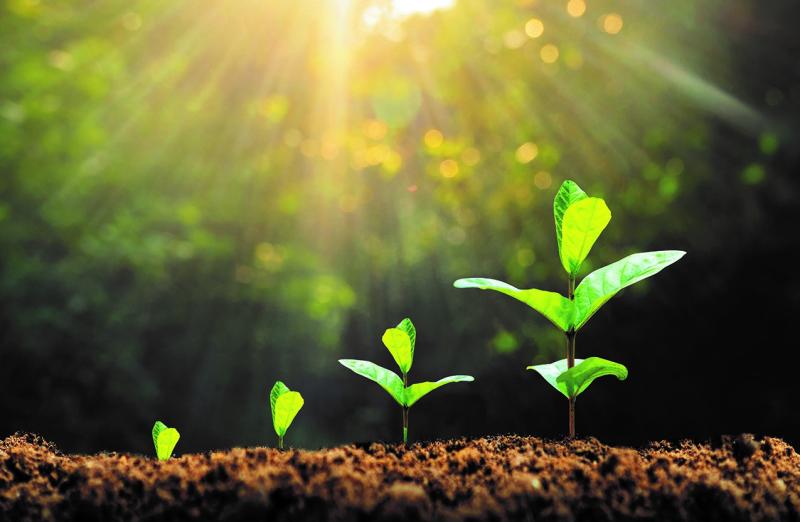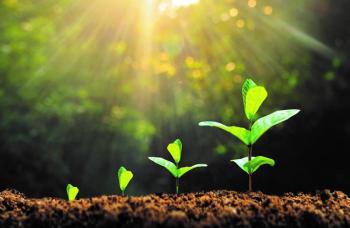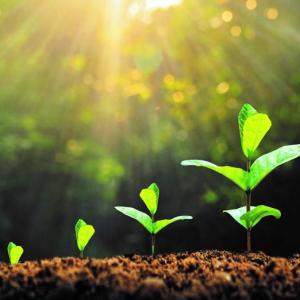Dealing with drought in your home garden
While Maine typically receives sufficient annual precipitation, the critical time for vegetable production often coincides with our driest months of July and August, according to the University of Maine. Long periods of dry weather can reduce yield with plants needing from one to two inches of water per week during the growing season; the University suggests these methods to protect plants against dry spells:
-Don't encourage growth: Avoid adding new plants, fertilizing, or pruning (except to remove dead or dying branches) as it can place stress on plant systems, worsening drought effects.
-Retain soil moisture: Mulching, hand weeding, or adding organic matter to garden beds can help retain soil moisture throughout the day as it keeps water from evaporating. Mulch comes in many forms, from wood chips to shredded paper, each with its own characteristics so choose the best fit for your garden. Inorganic materials, such as black plastic or landscape fabric, are also effective for reducing weeds and retaining moisture.
-Water efficiently: When using a watering can or hose it is best to water early in the day to cut down on evaporation. Watering as close to the roots as possible also reduces evaporation and ensures the leaves stay dry, preventing potential disease issues.
-Rain barrels: Rain barrels are a classic method of water conservation but they should be avoided for use on fruits and vegetables due to possible contaminates from roof runoff. However, the water can be used on ornamental plants.
-Trickle irrigation: A longer term solution to drought issues is installing a trickle, or drip, irrigation system. This low-pressure system is considered more efficient as it places water directly in the root system of the desired plants. Trickle irrigation also reduces water usage by 30 to 70% compared to overhead sprinklers or hand watering, according to the University of Maine.
-Take notes: To prepare for future droughts, throughout the season make note of what dies and what survives, and what steps were effective.
-Consider water needs: Grouping together plants with similar water needs makes it easier to care for them in droughts. If the garden has already been planted, consider transplanting after the drought for future ease.

























